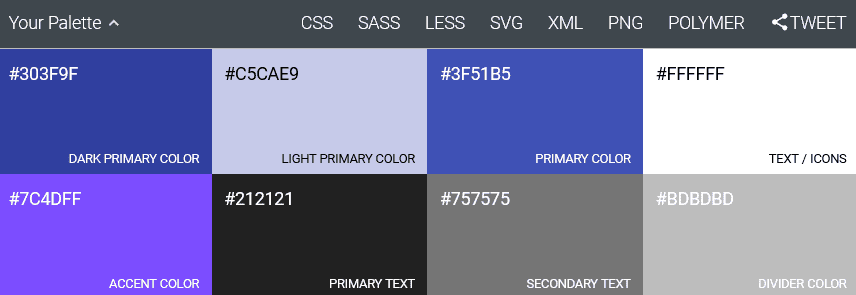

- KEEP AN ACTIVE TIMER WHILE CHANGING COMPONENTS IN REACTJS HOW TO
- KEEP AN ACTIVE TIMER WHILE CHANGING COMPONENTS IN REACTJS UPDATE
Assign the reference to ref attribute of the element you'd like to access: Element - and the element is available at reference.current. Updating a reference, contrary to updating state, doesn't trigger component re-rendering.
KEEP AN ACTIVE TIMER WHILE CHANGING COMPONENTS IN REACTJS UPDATE
The reference object has a property current: you can use this property to read the reference value reference.current, or update reference.current = newValue.īetween the component re-renderings, the value of the reference is persistent.
After mounting, elementRef.current points to the DOM element.Ĭalling const reference = useRef(initialValue) with the initial value returns a special object named reference. Assign the reference to ref attribute of the element:. Define the reference to access the element const elementRef = useRef(). Accessing DOM elementsĪnother useful application of the useRef() hook is to access DOM elements. Side challenge: can you improve the stopwatch by adding a Reset button? Share your solution in a comment below! 2. In the stopwatch example, the reference was used to store the infrastructure data - the active timer id. The Stop button handler stopHandler() accesses the timer id from the reference and stops the timer clearInterval(timerIdRef.current).Īdditionally, if the component unmounts with the stopwatch active, the cleanup function of useEffect() is going to stop the timer too. To stop the stopwatch user clicks Stop button. StartHandler() function, which is invoked when the Start button is clicked, starts the timer and saves the timer id in the reference timerIdRef.current = setInterval(.). The timer id is stored into a reference timerIdRef: KEEP AN ACTIVE TIMER WHILE CHANGING COMPONENTS IN REACTJS HOW TO
Example: Now lets see how to create a countdown timer in Reactjs. Project Structure: It will look like the following.

foldername, move to it using the following command: cd foldername. Step 2: After creating your project folder i.e.

The component Stopwatch uses setInterval(callback, time) timer function to increase each second the counter of a stopwatch. Step 1: Create a React application using the following command: npx create-react-app foldername. For example, you can store into reference pointers: timer ids, socket ids, etc. You can store inside a reference infrastructure data of side effects.
The reference update is synchronous (the updated reference value is available right away), while the state update is asynchronous (the state variable is updated after re-rendering).įrom a higher point of view, references store infrastructure data of side-effects, while the state stores information that is directly rendered on the screen. Updating a reference doesn't trigger re-rendering, while updating the state makes the component re-render. So, the 2 main differences between references and state: Each time you click, you will see in the console the message 'I rendered!' - meaning that each time the state is updated, the component re-renders.







 0 kommentar(er)
0 kommentar(er)
